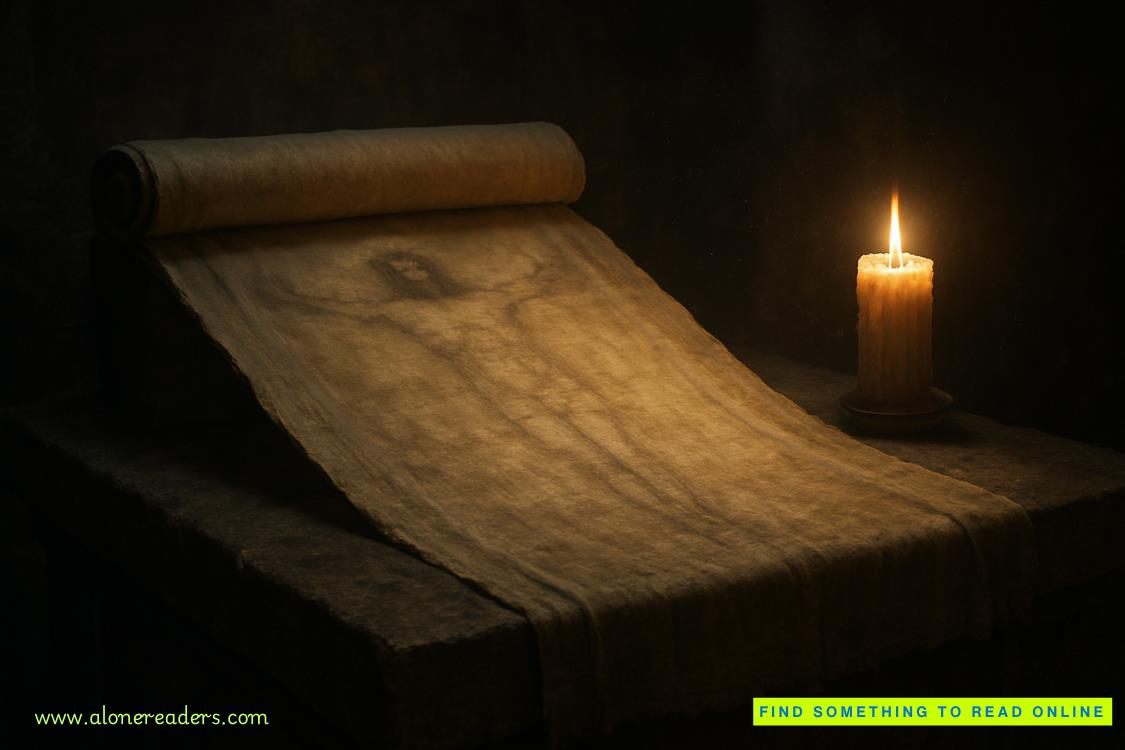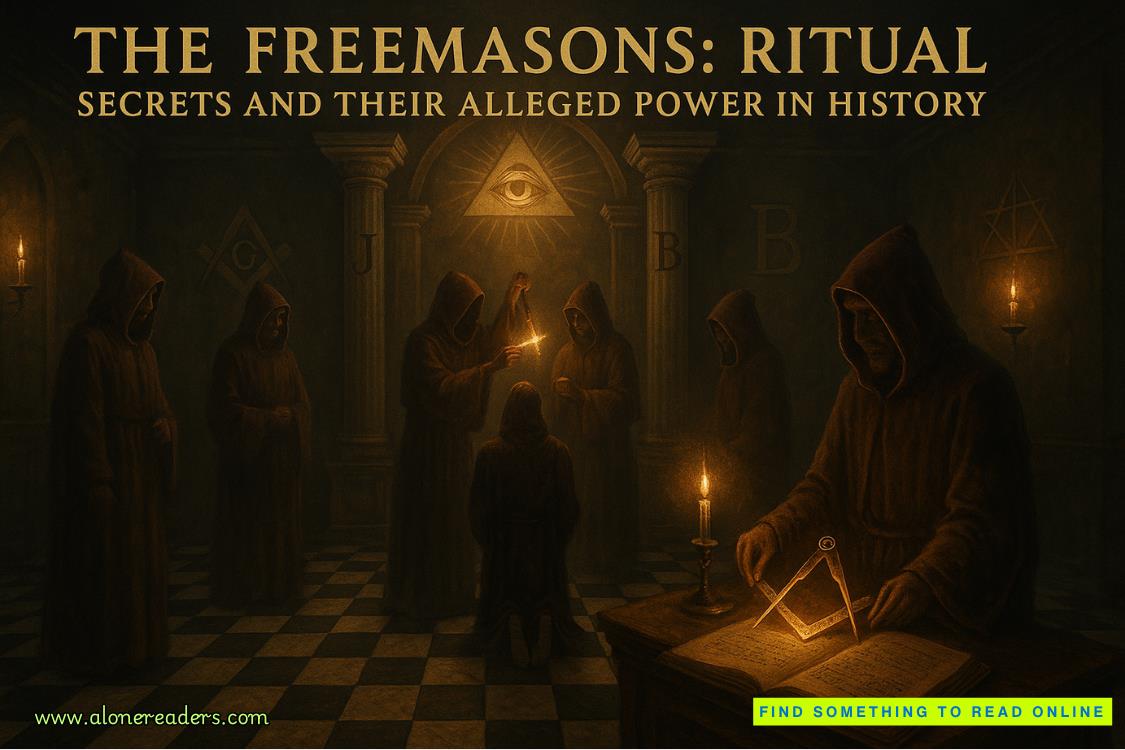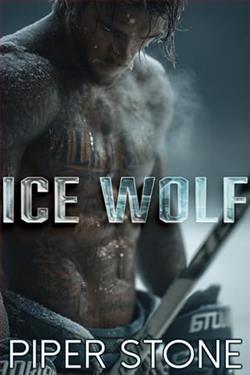Page 80 of S is for Silence (Kinsey Millhone 19)
The first officer on the scene, the young Santa Maria deputy, had secured the area, relegating Schaefer, Ken Rice, Tannie, and me to a spot twenty-five yards away. Anyone in a secured crime scene is considered the same as a primary witness and might be asked to testify in court, which was why we were kept at such a distance. In addition, if this turned into a homicide investigation, there was always the risk that unauthorized persons might contaminate the site.
The lead investigator, Detective Nichols, came over and introduced himself, then briefed us on strategy for the excavation. He was a good-looking man in his forties, wearing a dress shirt and tie with a wind-breaker, but no sport coat. He was slim, his light brown hair trimmed short. He glanced in my direction. “You’re Miss Millhone?”
“ That’s right.”
“Could I speak to you?”
“Of course.”
We moved some distance away so we could talk in private.
“I understand Daisy Sullivan hired you to find her mother, You want to tell me how you came up with this?” he asked, indicating the site.
I backtracked, filling him in on my conversation with Winston and the tidbit he’d given me about spotting the car. I told him I’d been bothered by the fact that after that last sighting, the car was never seen again. “I was touring the house and when I looked down from one of the second-floor windows, I spotted the depression in the ground. At first I thought I was looking at an old planting bed, but then the car popped into my head. I called Sergeant Schaefer and he drove out with Ken Rice.”
“You had no information in advance?”
“None. In fact, I had only the dimmest recollection of Violet Sullivan’s disappearance. I’d read the occasional newspaper account, but I hadn’t paid much attention until Daisy contacted me this past Monday. Tannie was the one who introduced us, which is how I ended up here.”
He settled a look on me that was friendly enough, but had a no-nonsense undertone. “Anything else you find, you make sure I hear about it first.”
“Absolutely.”
We returned to the others. The five of us watched while one of the ID techs photographed the area while the other tech took measurements and drew a rough sketch, depicting what was believed to be the angle and orientation of the car. Given what they could see in the early phases of the work, the speculation was that whoever engineered the burial had used a bulldozer with an eight-foot blade, probably creating a ramp at a twenty- to thirty-degree angle. The car had been backed into the hole and then covered with fill. According to calculations, it would have taken approximately fifty feet of ramp to a maximum depth of fifteen feet in order to get the whole of the car underground with the front end sunk deep enough to prevent discovery. Now I could see what that pesky high school geometry class was about. There was no point in going to all the trouble of burying a car if the hood ornament was going to wash clear in the first big rain storm. If the job were poorly done, the car would emerge, little by little, over a period of time until it looked like an island in the middle of the lawn. Assuming the whole of the vehicle was there. Maybe we were looking at the bisected front end with nothing else attached. Detective Nichols excused himself and went back to the dig.
If speculation about the depth and angle was correct, the car was tilted beneath the surface like a sunken submarine, hung up on an underwater shelf. That being the case, the roof of the car and the top edge of the windshield would be approximately two paces back and some two and a half feet deep. To test the theory, Nichols whistled the young deputy over, handed him the shovel, and directed him to dig. He set to work, keeping his cuts shallow. Fifteen minutes later, the blade of his shovel scraped the surface of the roof.
There was a long debate about the use of an excavator, a motion that was quickly ratified. The idea of freeing the vehicle by hand was out of the question. The ID detective radioed and a deputy was dispatched to A-Okay Heavy Equipment to ask Padgett if he had one available. This generated an additional delay while the excavator was located, loaded on a low-boy flatbed truck, and driven out from town.
Tannie and I retired to her car, now parked a hundred yards down the road. We sat with the windows rolled down and ate our deli sandwiches, calling it lunch though it was already 4:00 P.M. I had no idea how word got out, but a trickle of people appeared, and before long the road was lined with vehicles. Two deputies controlled public access to the scene, which had been sealed off with tape. Steve Ottweiler arrived and he joined us, talking to his sister through the open window of her car. She said, “Does Pop know?”
“I called him and he’s on his way out. Let me go see what Tim Schaefer has to say. He’ll know more than we do.”











